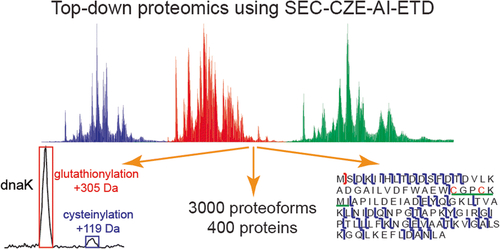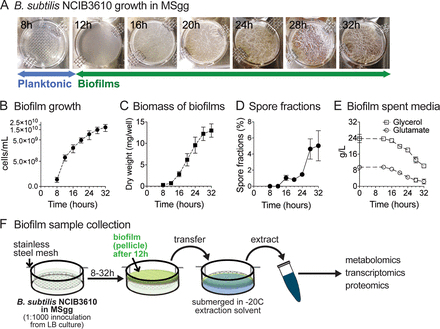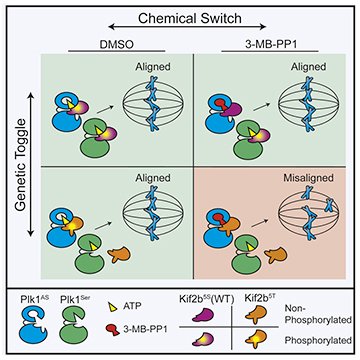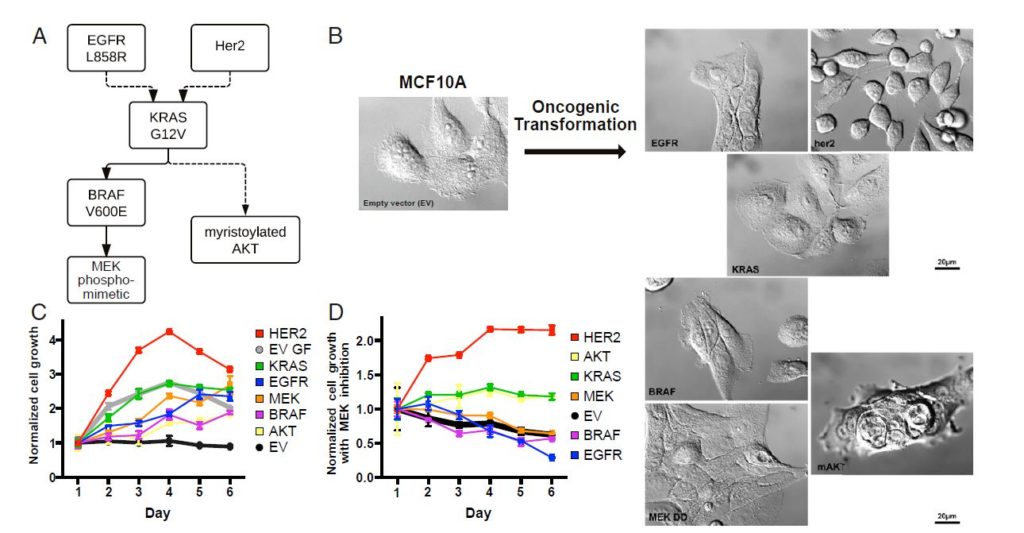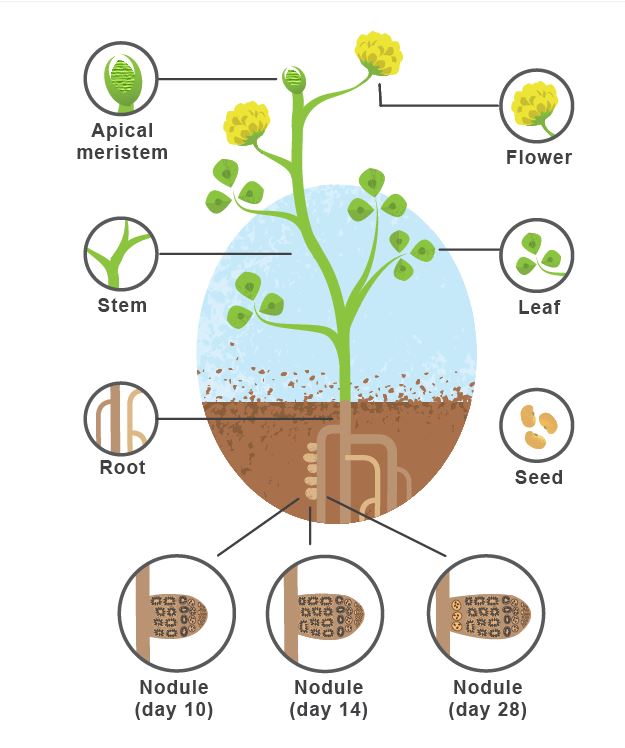Li lab collaboration explores noninvasive markers in prostate disease diagnosis
A recent collaboration between the labs of Lingjun Li and William Ricke explores the relationship between prostatic hyperplasia and related lower urinary tract symptoms in aging males and how noninvasive markers could be helpful in disease diagnosis. This proteomics study used a mouse model of hormone-induced urinary dysfunction to gain insight into the disease and supports the concept of noninvasive urinary biomarkers being a successful route for prostate disease diagnostics.

